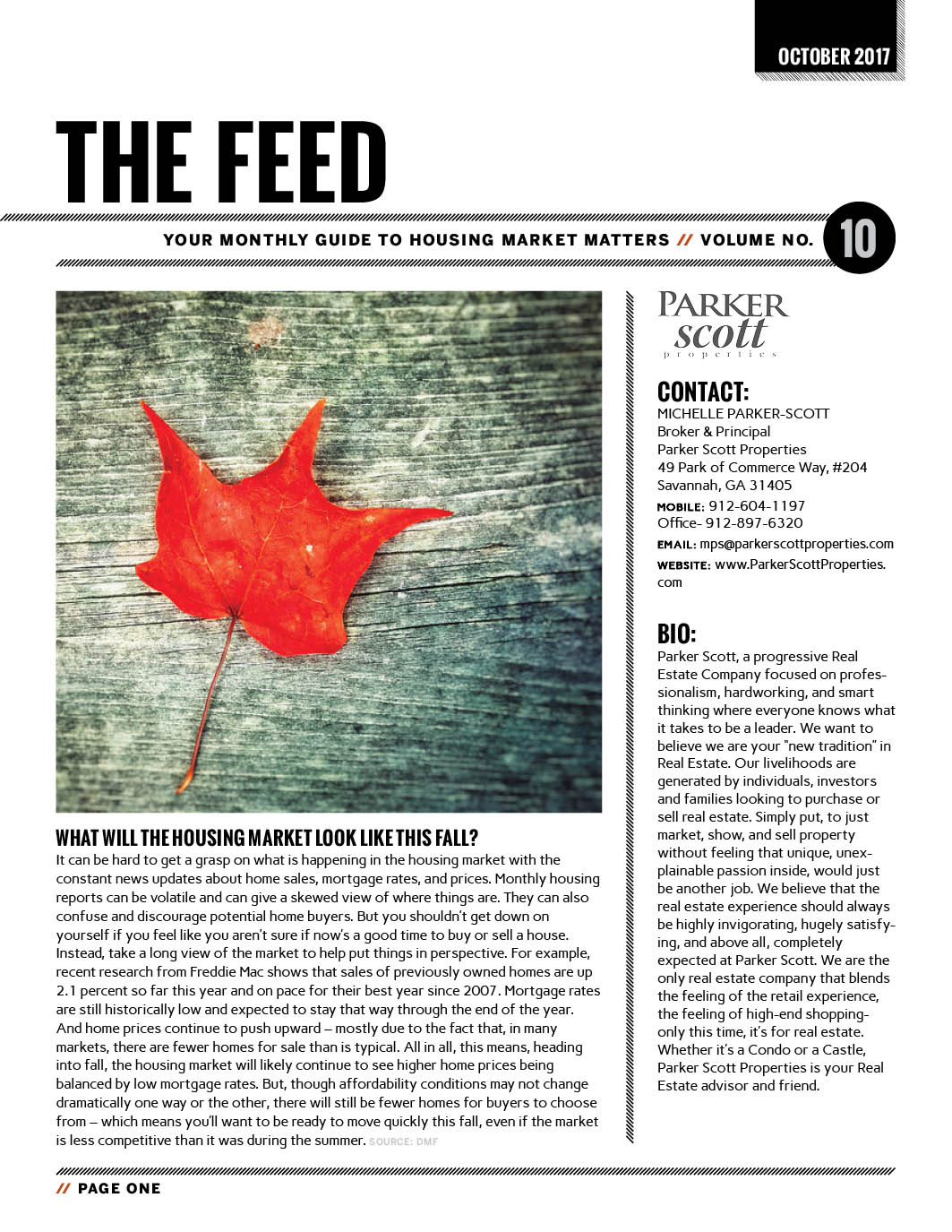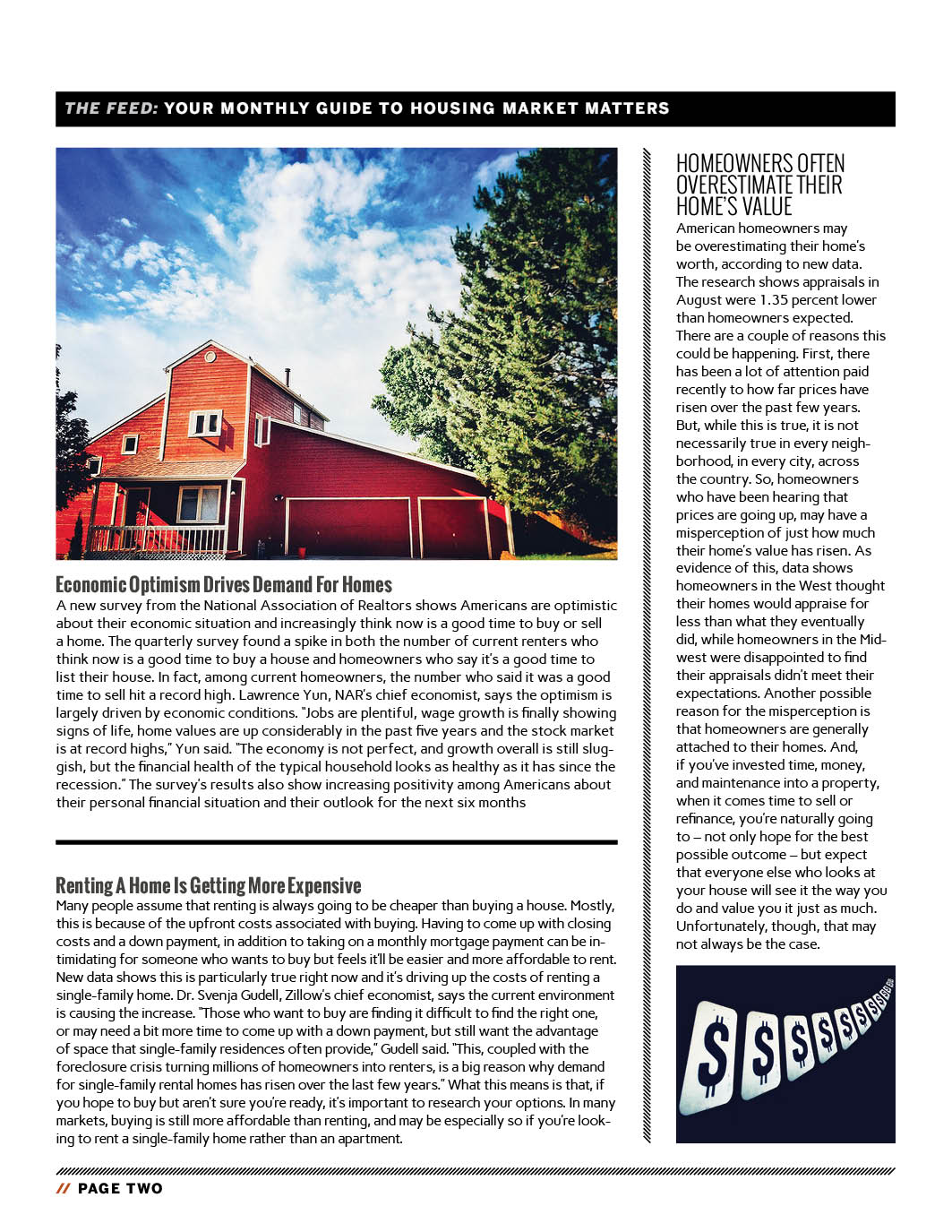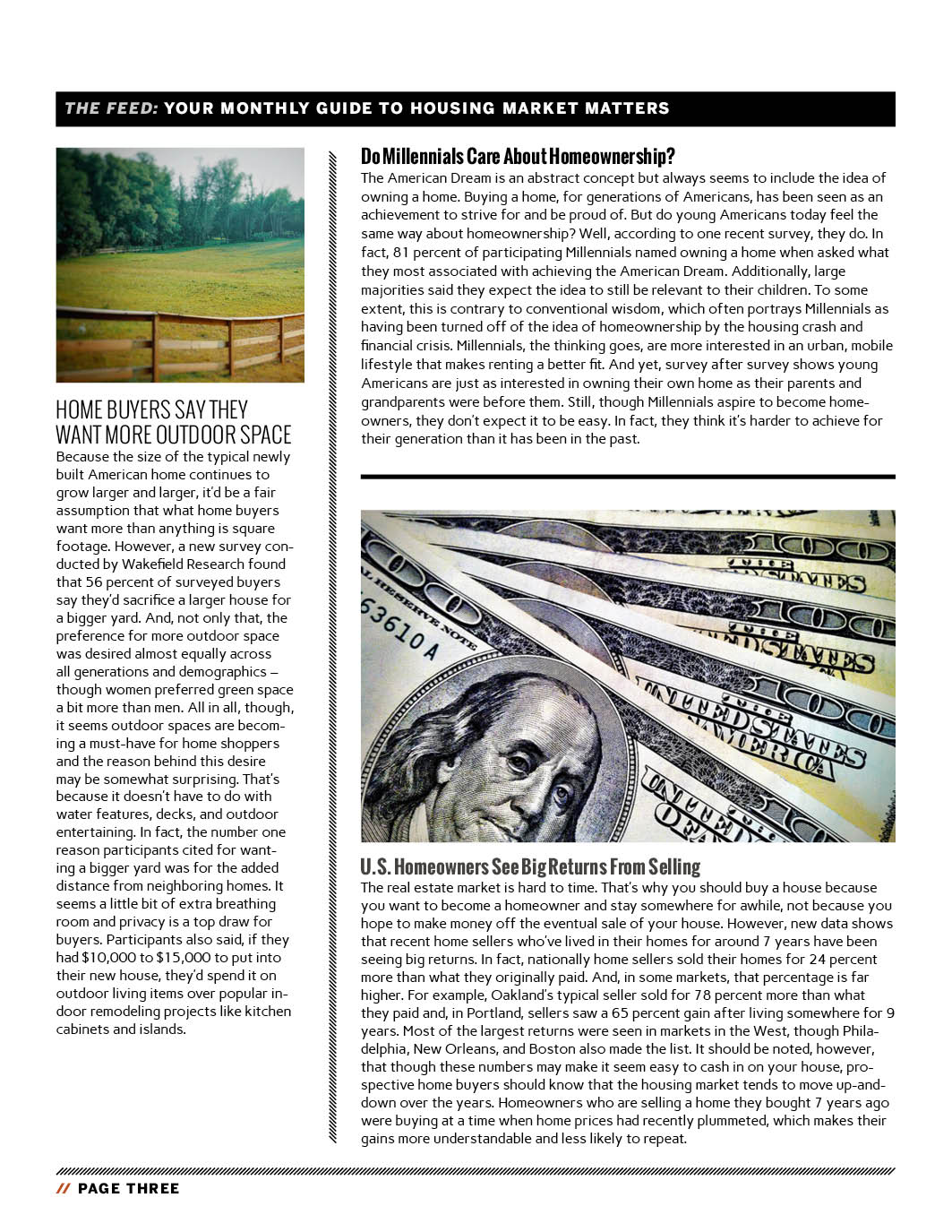After consecutive months of decline, sales of existing homes – including single-family homes, townhomes, condominiums, and co-ops – rose 0.7 percent in September, according to the National Association of Realtors. The improvement may have been even greater if not for lack of inventory in some markets and the effects of recent hurricanes in Texas and Florida. Lawrence Yun, NAR’s chief economist, says the fact that there are too few homes for sale has been holding the housing market back, as there has been no shortage of interested home buyers this year. “Realtors this fall continue to say the primary impediments stifling sales growth are the same as they have been all year: not enough listings – especially at the lower end of the market – and fast-rising prices that are straining the budgets of prospective buyers.” But while inventory has been an issue this year, recent data shows listings have been on the rise lately. In fact, they were up another 1.6 percent in September. And, following the busy summer sales season, competition for available homes usually begins to cool, meaning there may be good opportunities for potential home buyers who want to take advantage of improved conditions this fall. More here.












 Equity can be loosely defined as the value of your house minus how much you owe on the mortgage. Which means, as you make your monthly mortgage payments, you’re gaining a larger share of your home’s value. In addition, if your home’s price goes up, so does your equity. Ultimately, the more you have, the better. That’s why the numbers from ATTOM Data Solutions’ Q2 2017 U.S. Home Equity & Underwater Report are good news for homeowners. The report shows more than 14 million U.S. properties were equity rich, meaning their remaining mortgage amount was 50 percent or less than the estimated value of their house. That’s 320,000 more than the previous quarter and nearly 25 percent of all U.S. properties with a mortgage. Daren Blomquist, senior vice president at ATTOM, says there are a couple of reasons behind the improvement. “An increasing number of U.S. homeowners are amassing impressive stockpiles of home equity wealth, enjoying the benefits of rapidly rising home prices while staying conservative when it comes to cashing out on their equity – homeowners are staying in their homes nearly twice as long before selling as they were prior to the Great Recession, and the volume of home equity lines of credit are running about one-third of the level they were at during the last housing boom,” Blomquist says. More here.
Equity can be loosely defined as the value of your house minus how much you owe on the mortgage. Which means, as you make your monthly mortgage payments, you’re gaining a larger share of your home’s value. In addition, if your home’s price goes up, so does your equity. Ultimately, the more you have, the better. That’s why the numbers from ATTOM Data Solutions’ Q2 2017 U.S. Home Equity & Underwater Report are good news for homeowners. The report shows more than 14 million U.S. properties were equity rich, meaning their remaining mortgage amount was 50 percent or less than the estimated value of their house. That’s 320,000 more than the previous quarter and nearly 25 percent of all U.S. properties with a mortgage. Daren Blomquist, senior vice president at ATTOM, says there are a couple of reasons behind the improvement. “An increasing number of U.S. homeowners are amassing impressive stockpiles of home equity wealth, enjoying the benefits of rapidly rising home prices while staying conservative when it comes to cashing out on their equity – homeowners are staying in their homes nearly twice as long before selling as they were prior to the Great Recession, and the volume of home equity lines of credit are running about one-third of the level they were at during the last housing boom,” Blomquist says. More here.  last year. Regionally speaking, the Northeast saw the largest jump, with a 15.2 percent increase as of June. However, the Midwest and South also saw double-digit improvements. In fact, only the West saw a slight year-over-year decline. The numbers are a good indication of how much interest there is this summer from potential home buyers.
last year. Regionally speaking, the Northeast saw the largest jump, with a 15.2 percent increase as of June. However, the Midwest and South also saw double-digit improvements. In fact, only the West saw a slight year-over-year decline. The numbers are a good indication of how much interest there is this summer from potential home buyers.